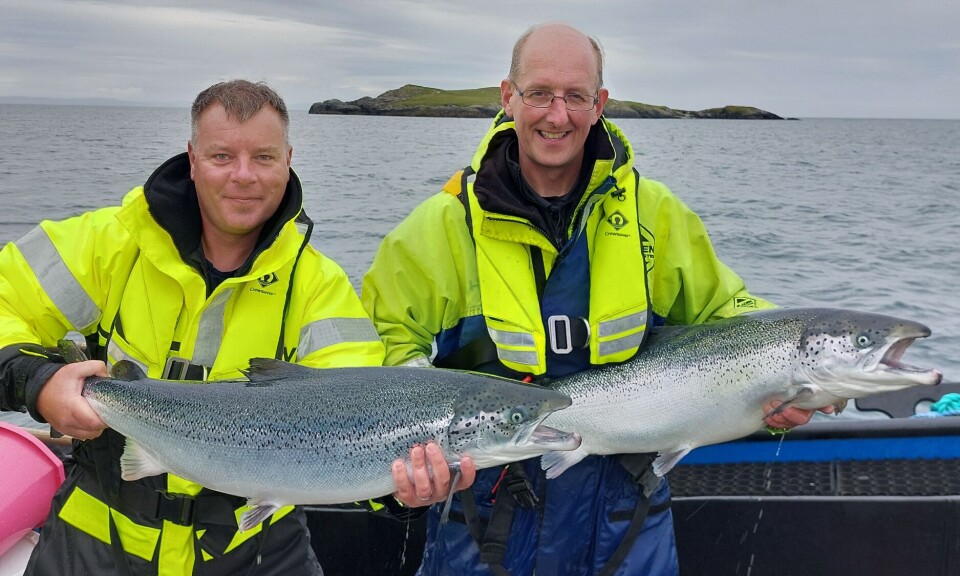
Looking back, thinking ahead: Ben Hadfield
Fish Farming Expert has asked individuals connected to the salmon farming industry about their year, and what they hope for in 2025. Today we feature Ben Hadfield, chief operating officer for salmon farmer Mowi Scotland.
What have been the highlights for Mowi Scotland in 2024?
We had a good year from a farming perspective. Quality has been very high, survival has made a noticeable improvement on what we saw in 2022 and 2023, and that’s great to see. Average weight is up, and that’s the principal indicator of good, healthy fish and well-run operations. The team has really succeeded in adapting to these challenging environmental conditions and making it work throughout 2024.
What will be the most significant challenges and opportunities for Mowi in the coming year?
Demand for the product is the biggest opportunity. People are more and more focused on eating healthily and salmon, as a superfood, fits that bill on a multitude of levels. We can capitalise on that demand by producing more in the most sustainable way, and you can see that Mowi’s again ranked No.1, the world’s most sustainable animal protein producer, for the sixth year in a row in the Coller FAIRR index. That’s a great endorsement for our operations.
I think the community benefit and ramifications of having aquaculture on the west coast of Scotland are more known than they’ve ever been, and on a personal note some of the projects that we’ve managed to do with communities with housing development, infrastructure development, apprenticeships, are great to see and it is personally very rewarding for me.
Wild fisheries don’t help themselves, don’t invest as much as they should in conservation, and then look to overly lay blame on aquaculture and overstate the impact, often to levels that aren’t credible
On the flip side, social licence and interaction with eNGOs is a continued challenge, especially the wild fisheries segment and the (Scottish Environment Protection Agency’s) Sea Lice Risk Framework. I’m personally very frustrated that wild fisheries don’t help themselves, don’t invest as much as they should in conservation, and then look to overly lay blame on aquaculture and overstate the impact, often to levels that aren’t credible.
If you focus on the Sea Lice Risk Framework, there was a chance there to have a model which accurately predicted any lice potentially coming from a farm and demonstrate that they were not at levels that would pose a hazard to wild fish. Instead of taking that opportunity, we’ve just gone into this very onerous, bureaucratic system which will drive [lice] treatments [for farmed salmon] that are not necessary, and in some cases, drive mortality which could have been avoided.
I think SEPA is wide of the mark of where they should have landed with this.
What do you see as the most significant challenges for the salmonid farming industry in Scotland and globally in 2025?
Demand for salmon is growing because people want to eat healthily but also because they want to make it a regular feature of the diet, and for it to be a regular feature of the diet it needs to be reasonably affordable, bearing in mind that it’s a high-quality protein with a high cost of ingredients in the feed.
I would hope that we can increase volume, and we can manage production cost and bring in all the efficiencies that we need to, to make sure the majority of people can afford to eat salmon two or three times a week. That’s a decent aspiration for everyone.
On Monday: Gael Force group sales director Jamie Young






















































